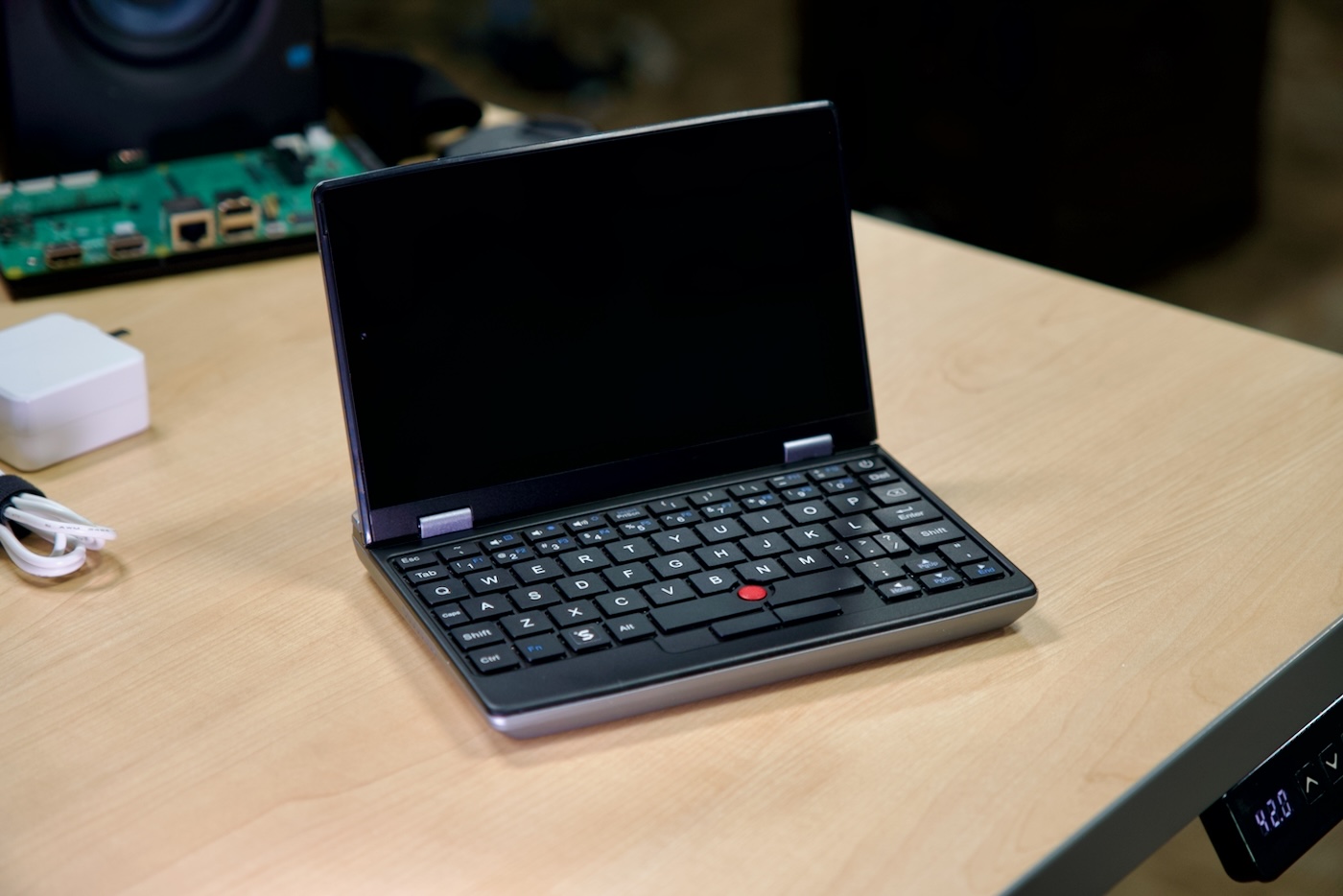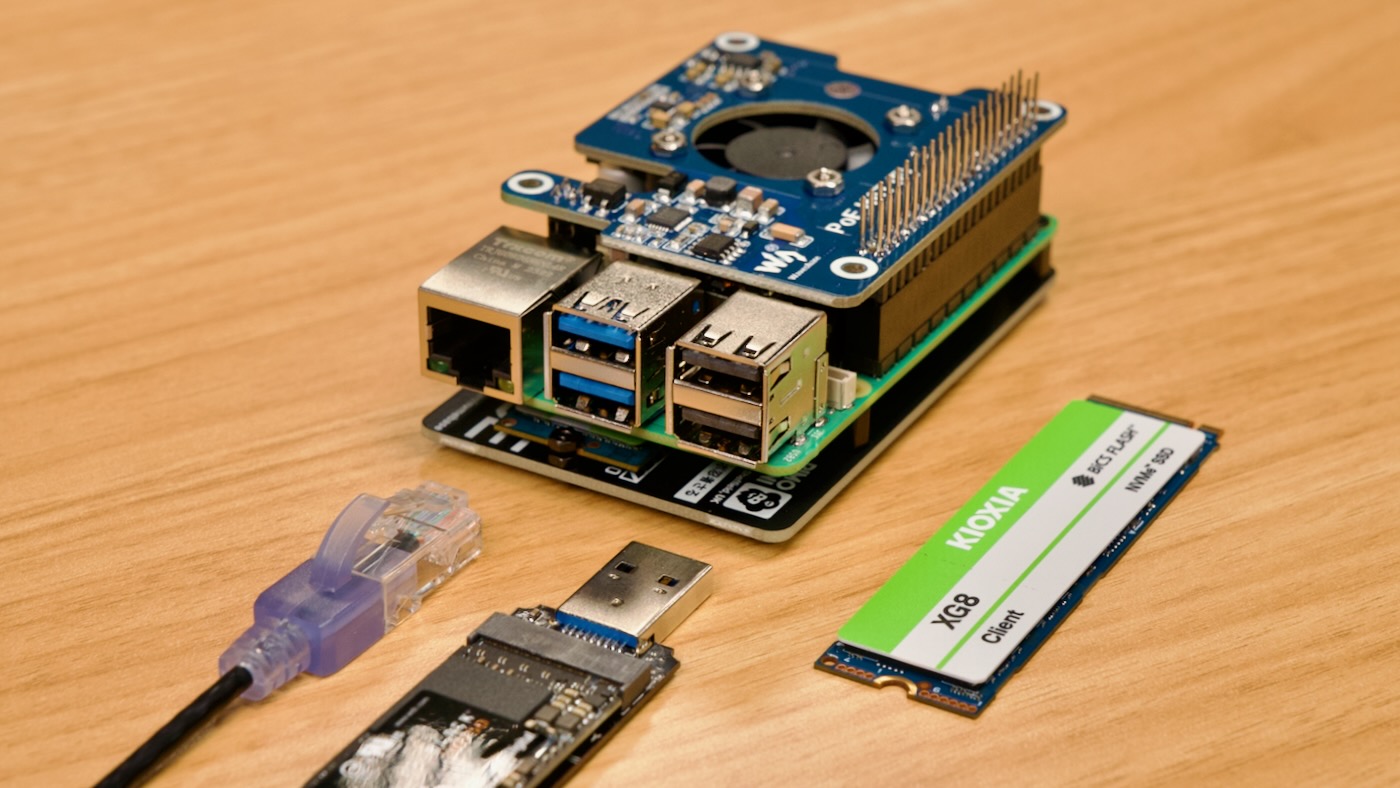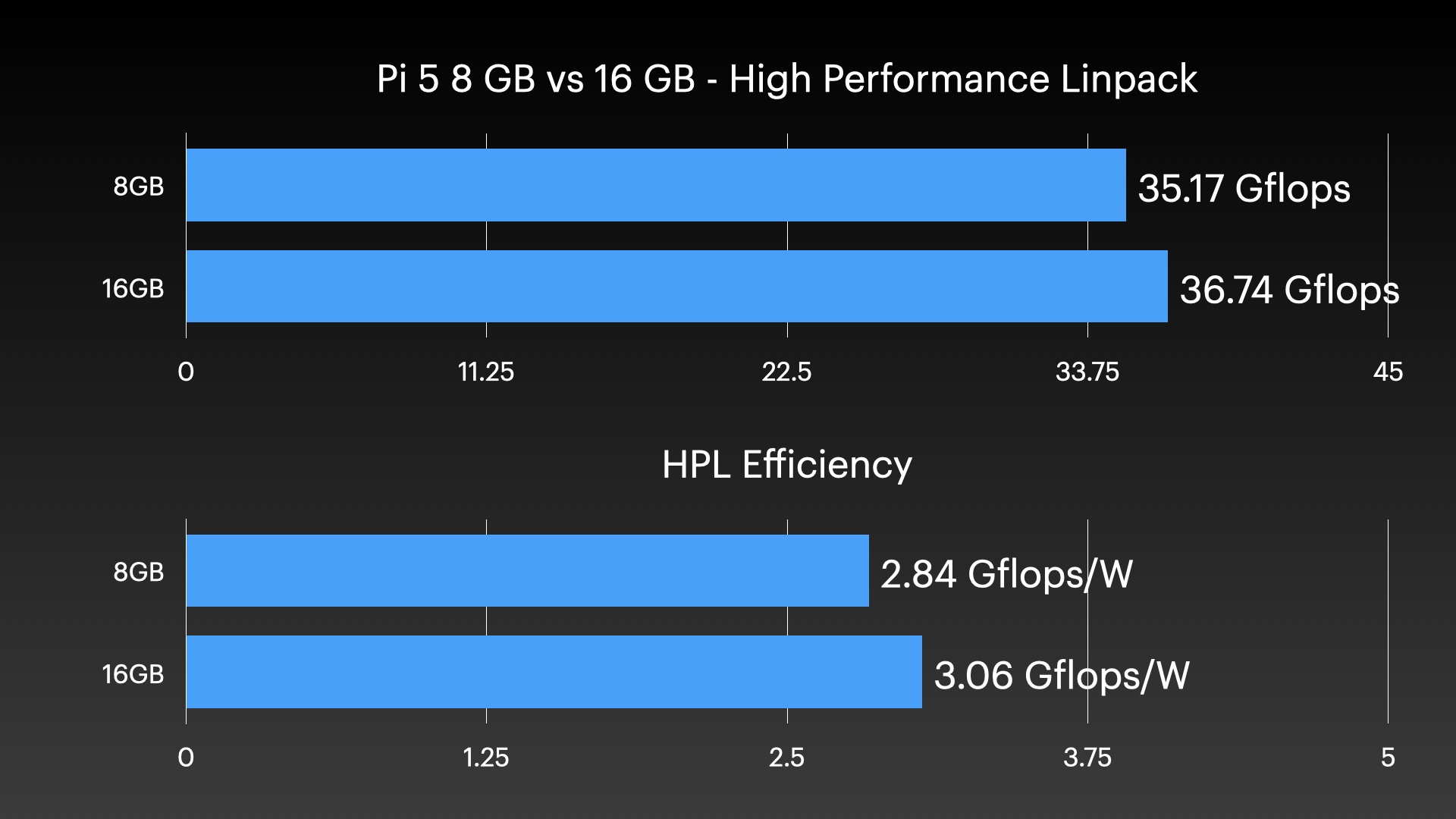reviews
System76 built the fastest Windows Arm PC
System76 built their first workstation-class Arm PC, the Thelio Astra, and it's marketed for streamlined autonomous vehicle development.

But I'm not an automotive developer, just someone who enjoys Linux, Arm, and computing. So I was excited to spend a few weeks (which turned into a few months) testing the latest Ampere-based computer to come to market.
I initially ran my gauntlet of tests under Ubuntu 24.04 (the OS this workstation ships with), but after discovering System76 dropped in ASRock Rack's TPM 2.0 module, I switched tracks and installed Windows 11—which went without a hitch!
The Pi 500 is much faster, but lacks M.2
Raspberry Pi this morning launched the Pi 500 and a new 15.6" Pi Monitor, for $90 and $100, respectively.

They're also selling a Pi 500 Kit, complete with a Power Supply, Mouse, and micro HDMI to HDMI cable, for $120. This is the first time Raspberry Pi is selling a complete package, where every part of a desktop computer could be Pi-branded—and makes me wonder if uniting all these parts into one could result in an eventual Pi Laptop...
Before we get too deep, no, the Pi 500 does not include a built-in M.2 slot. Sort-of.

LTT's Precision Screwdriver - better than iFixit?

Two years ago, Linus Sebastian released a general purpose ratcheting screwdriver tailored towards PC building and IT needs. I reviewed the LTT Screwdriver, and found it to be a good tool that did improve a couple things where it counted: the ratchet mechanism was useful for a broad range of lighter tasks, and the in-handle bit storage was a creative improvement over the patented MegaPro Automotive design the LTT Screwdriver was based on.
The price of the LTT Screwdriver was about $15-20 more than I think it's worth, but it's still a good enough driver you can justify paying extra. I bought three LTT Screwdrivers and have one on each of my workbenches at home and at the studio!
3rd Party PoE HATs for Pi 5 add NVMe, fit inside case
Today I published a video detailing my testing of three new Raspberry Pi HATs—these HATs all add on PoE+ power and an NVMe SSD slot, though the three go about it in different ways.
You can watch the video for the full story (embedded below), but in this post I'll go through my brief thoughts on all three, and link to a few other options coming on the market as well.
GeeekPi P33 M.2 NVMe M-Key PoE+ HAT

Sipeed NanoKVM: A RISC-V stick-on

This is the Sipeed NanoKVM. You stick it on your computer, plug in HDMI, USB, and the power button, and you get full remote control over the network—even if your computer locks up.
How did Sipeed make it so small, and so cheap? The 'full' kit above is about $50, while the cheapest competitors running PiKVM are closer to $200 and up!
This blog post is a lightly-edited transcript of the following video on my YouTube channel:
Testing new Raspberry Pi 5 Cases - $7 to $79
Since the Pi 5's launch, a number of Pi case redesigns have launched, and there are a few new entrants with something to offer. Like Fractal's 'Baby North'... which, unfortunately, is only a prototype designed for their displays at Computex, and is not being planned for sale. At least not for now! I'll write more about this case later in this post.

The Pi 5's thermals are close enough to the Pi 4 that old cooling solutions work okay, but the port layout and inclusion of a power button means at least minimal redesigns are necessary.
Here are a few of the Pi 5 cases I've been testing (most for over a month, in various places), and my thoughts on each.
Raspberry Pi 5 Case (official)
The official case for the Raspberry Pi 5 is like a saltine cracker.
Sipeed's new handheld RISC-V Cyberdeck
tl;dr: Sipeed sent a Lichee Console 4A to test. It has a T-Head TH1520 4-core RISC-V CPU that's on par with 2-3 generations-old Arm SBC CPUs, and is in a fun but impractical netbook/cyberdeck form factor. Here's my video on the Lichee Console 4A, and here's all my test data on GitHub.

Last year I tested the StarFive VisionFive 2 and Milk-V Mars CM—both machines ran the JH7110, a 4-core RISC-V SoC that was slower than a Pi 3.
Sipeed introduced the Lichee Pi 4A line of computers, offering a slightly newer T-Head TH1520 SoC, which is also 4-core, but uses faster C910 cores than the JH7110.
Waveshare's PoE HAT is the first for Raspberry Pi 5

Power over Ethernet lets you run both power and networking to certain devices through one Ethernet cable. It's extremely convenient, especially if you have a managed PoE switch, because you get the following benefits:
- A single cable for power + Ethernet (no need for separate power adapters)
- No need to have electrical service near every device
- Simple remote power on/off capability (assuming you have a managed switch)
- Centralized power management (e.g. one UPS in a rack room covering all powered devices)
I have used the Raspberry Pi PoE and PoE+ HATs for years now, allowing me to have 4 or 5 Raspberry Pi per 1U of rack space, with all wiring on the front side. I also use PoE for cameras around my house, though there are dozens of use cases where PoE makes sense.
The Raspberry Pi, since it only requires 3-10W of power, is an ideal candidate for PoE, assuming you can find a HAT for it.
Testing a 96-core Ampere Altra Developer Platform
If you're tired of waiting for Apple to migrate its Mac Pro workstation-class desktop to Apple Silicon, the Ampere Altra Developer Platform might be the next best thing:

I somehow convinced Ampere/ADLINK to send me a workstation after my now years-long frustrated attempts at getting graphics cards working on the Raspberry Pi. And they sent me a beast of a machine:
